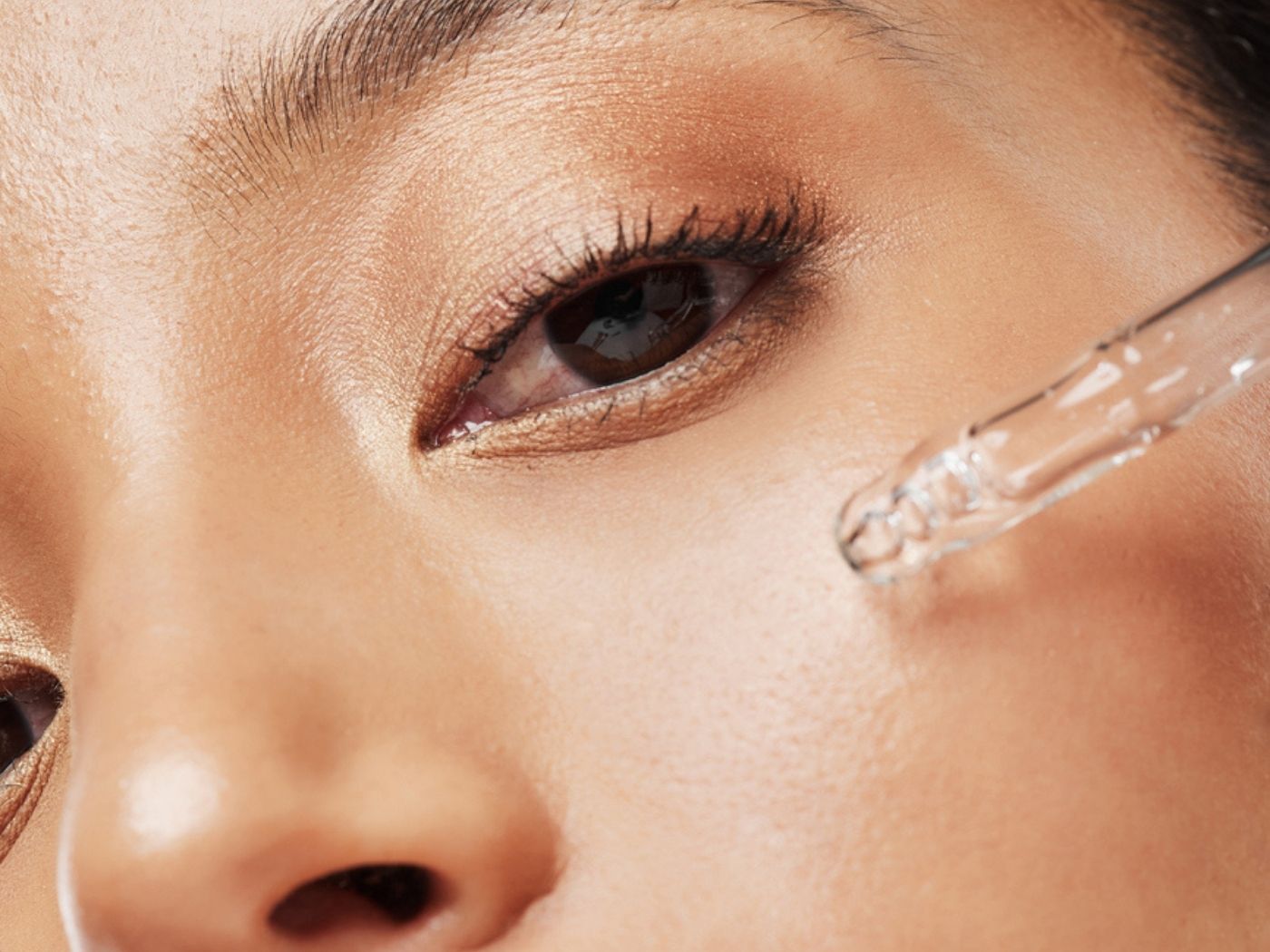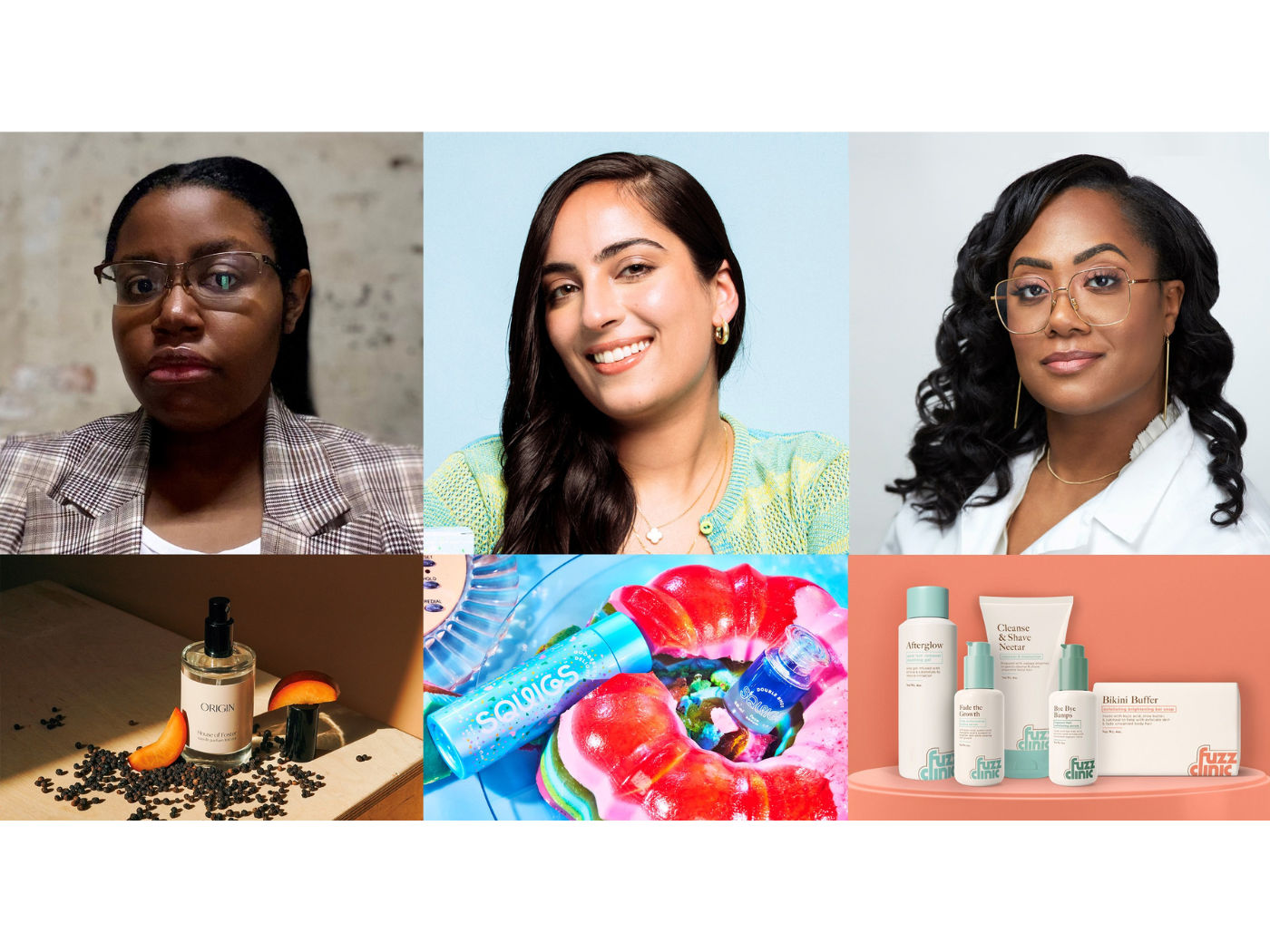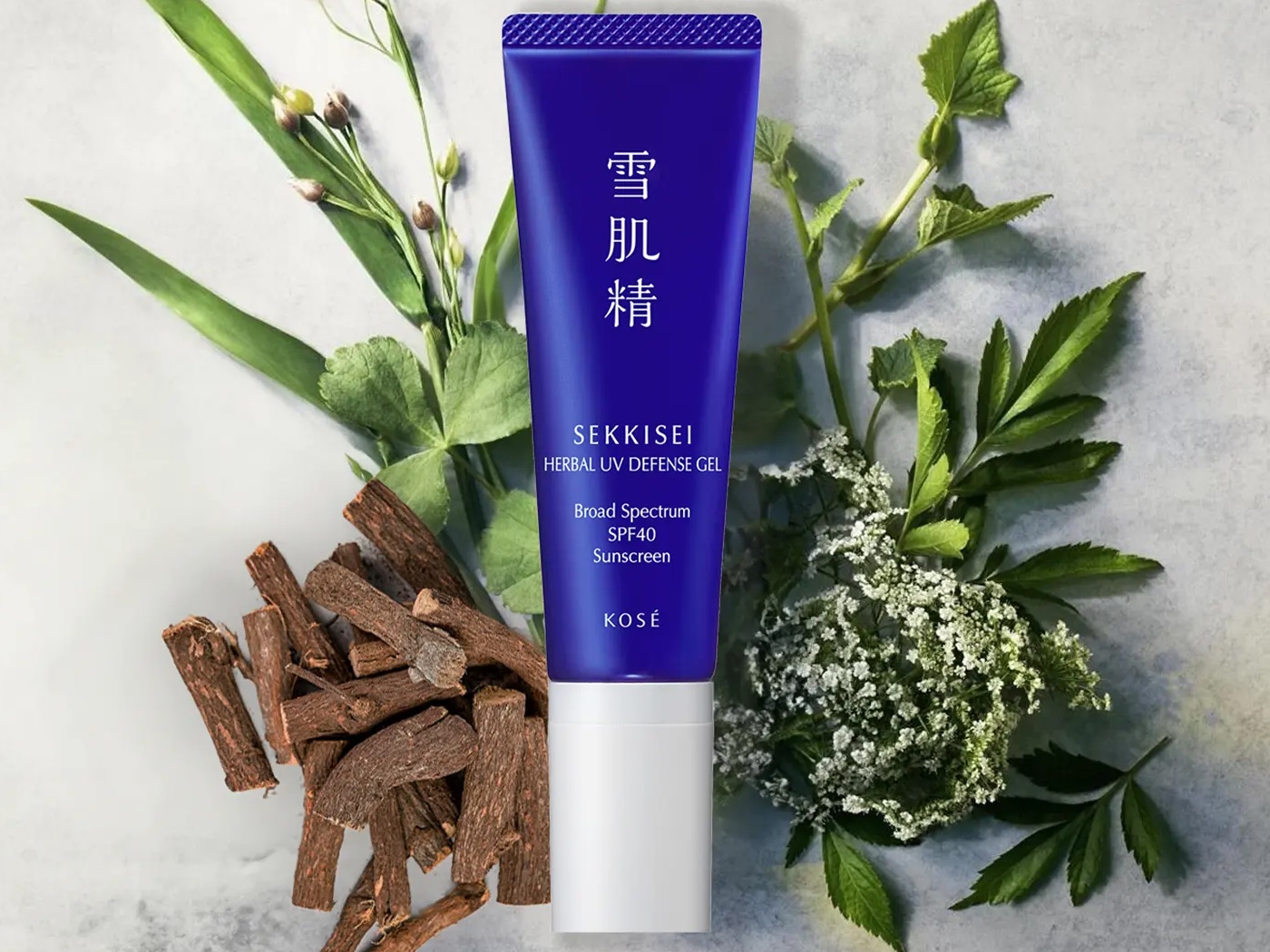If you read nothing else in this story, take this away: There will always be room on peoples’ shelves for products that work.
According to the market research firm Circana, mass and prestige skincare grew 11 percent in the first half of 2023 — prestige skincare contributed just under one third of the category’s volume but outperformed the mass market. It’s clear that skincare is very much at the top of consumers’ minds. Even amid fears of an economic downturn, consumers have shown they are willing to spend on science-backed brands no matter the price point.
“There’s been an incredible surge in education around skincare,” says Dhaval Bhanusali, MD of New York City practice, Hudson Dermatology and Laser Surgery. “People aren’t just buying marketing,” says the CEW Beauty Ambassador, who also consults for brands, including SkinCeuticals, Elta MD, CeraVe, and Neutrogena. Even in my own office, people are asking about ingredients and percentages. It’s like a cake. If you just give me some rough ingredients, I can make a masterpiece or a disaster. Consumers know that the quality and quantity of the ingredients matters,” Bhanusali says.
Quality of ingredients is especially relevant with actives like vitamin C, Bhanusali says. “Why is SkinCeuticals C E Ferulic serum so popular? Because they’ve stabilized the vitamin C and shown that it works,” he says. This also explains the popularity of formulator-led brands like Matter of Fact and BeautyStat, not to mention Naturium, the high-growth indie brand that was just acquired by E.l.f. Beauty for $355 million.
“It’s my personal opinion that we’re entering the scientific era,” Bhanusali says. Circana’s research confirms his theory: In the first half of 2023, clinical skincare was a key driver of growth in the skincare category, accounting for an 11-percent increase in spending.
While mass represents a larger chunk of the skincare market, year over year growth was stronger in prestige. Within that category, clinical brands represented 35% of prestige skincare gains, according to Circana. Natural, the second largest brand type, contributed 26% of incremental volume. “If something has a higher price point but there’s a scientific basis for it, there will be room for it on someone’s counter,” Bhanusali says. And increasingly, consumers are looking for products that combine those two attributes, aka “cleanical skincare.”
Perhaps because consumers are so educated about which ingredients work and which ones are just trending, they continue to vote on many of the tried-and-true ones — like peptides and retinol — with their wallets, according to Bhanusali. This trend is reflected in the way many popular skincare brands like The Ordinary lead with an ingredients-first approach, clearly labeling their serums and cleansers with no nonsense names “squalene cleanser” and “Niacinamide 10% Zinc 1% Serum.”
Another byproduct of today’s hyper-educated skincare consumer? “Now that they know what works, they’re getting more efficient in their spending,” says Yarden Horwitz, a co-founder at Spate, a trends forecasting platform. She also cites the “high maintenance to be low maintenance” movement: Choosing to spend more on, say, Red Light Therapy, which yields a big impact, rather than indulging in a 16-part regimen that may only produce marginal skincare gains.
The movement toward doing more with less also fits tidily into another trend Bhanusali is seeing, which he’s calling structural rejuvenation. This is the notion that people are looking at the big picture in terms of aging, rather than focusing on every last wrinkle, line, and splotch of discoloration.
“There’s a lot more subtleness in the aesthetic world now,” Bhanusali says. “People are redefining what’s beautiful and it’s good for society. Stretch marks used to be the thing that people came in for, but no one does that anymore. It’s okay to have flaws now,” he says.
Here’s hoping that trend continues.




